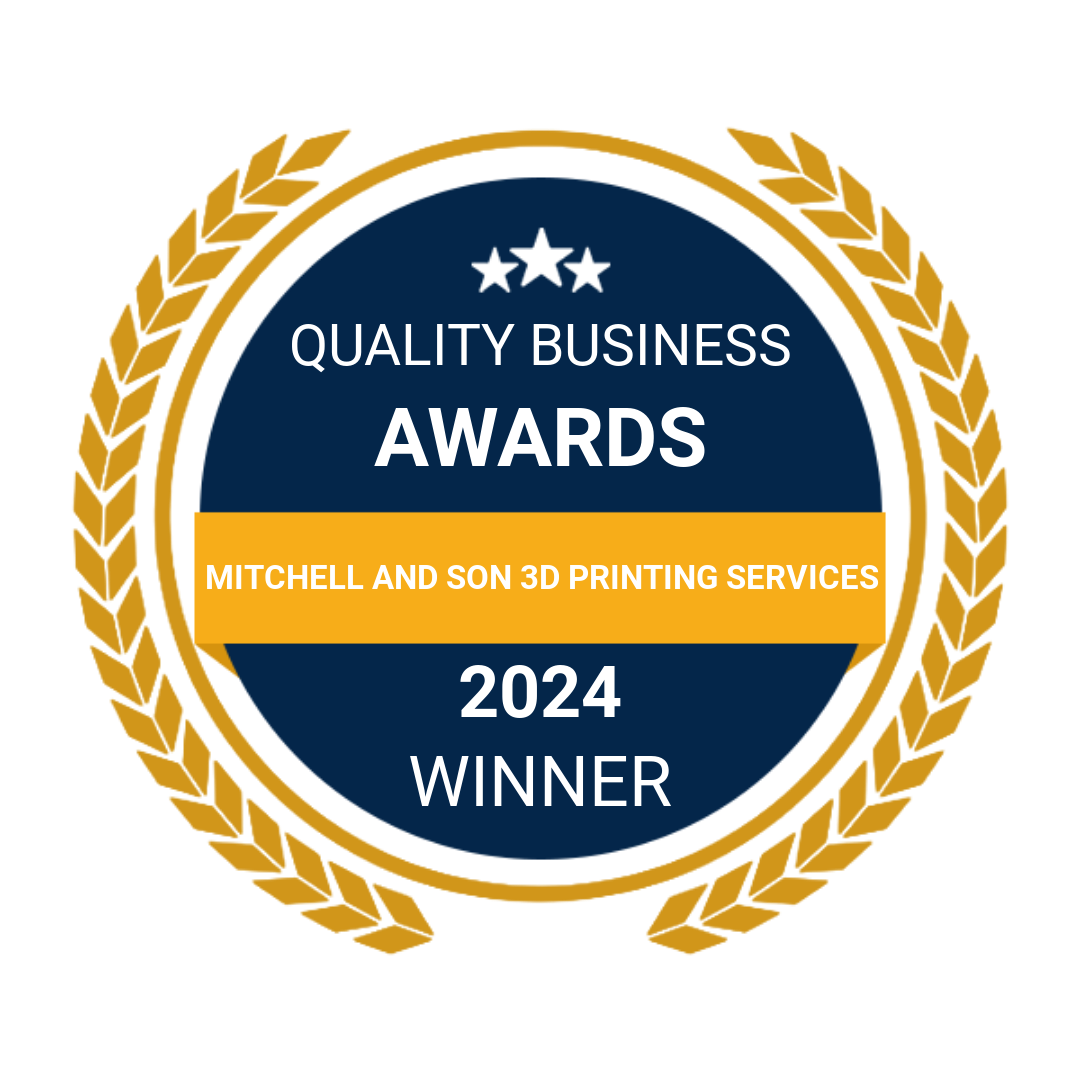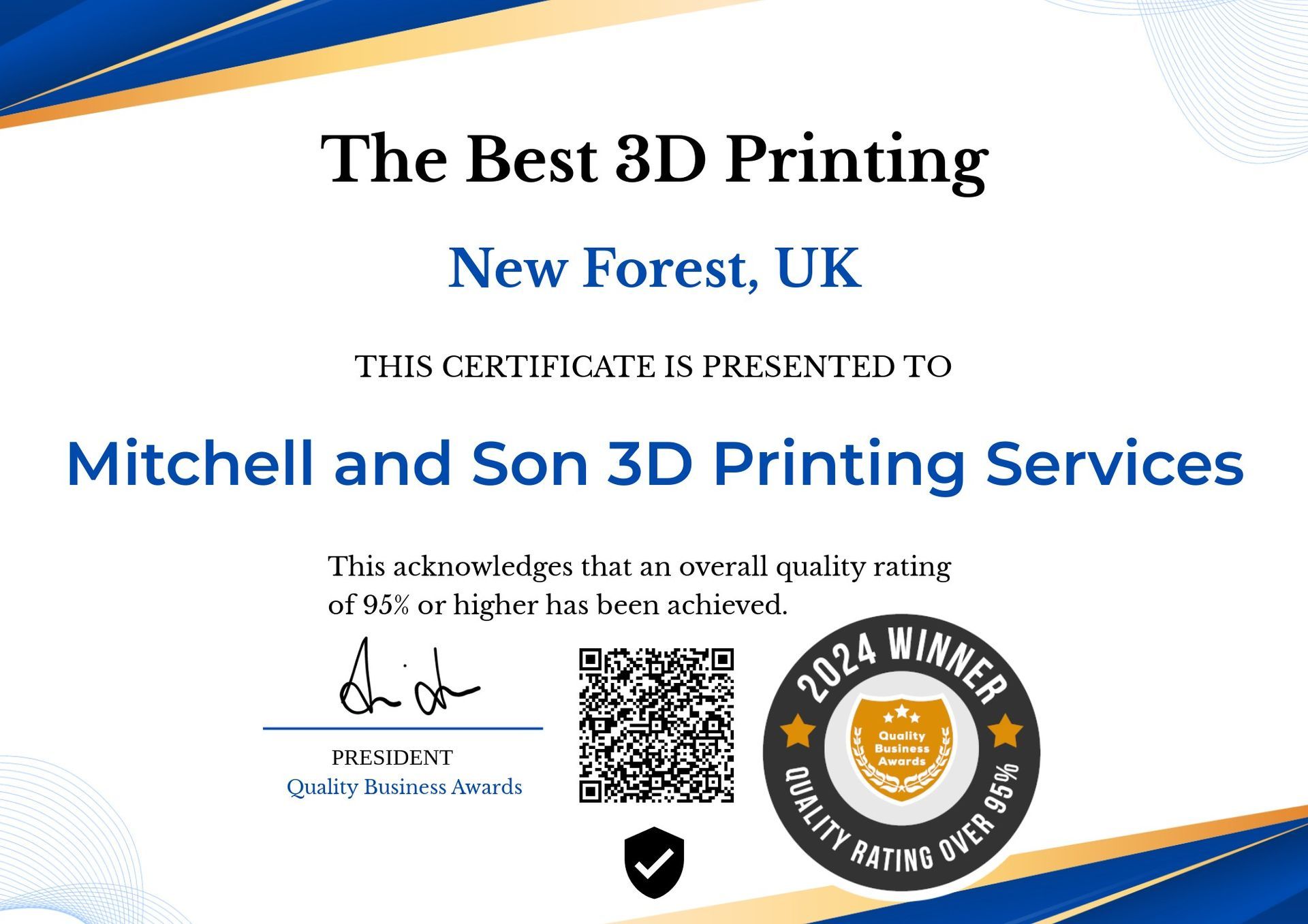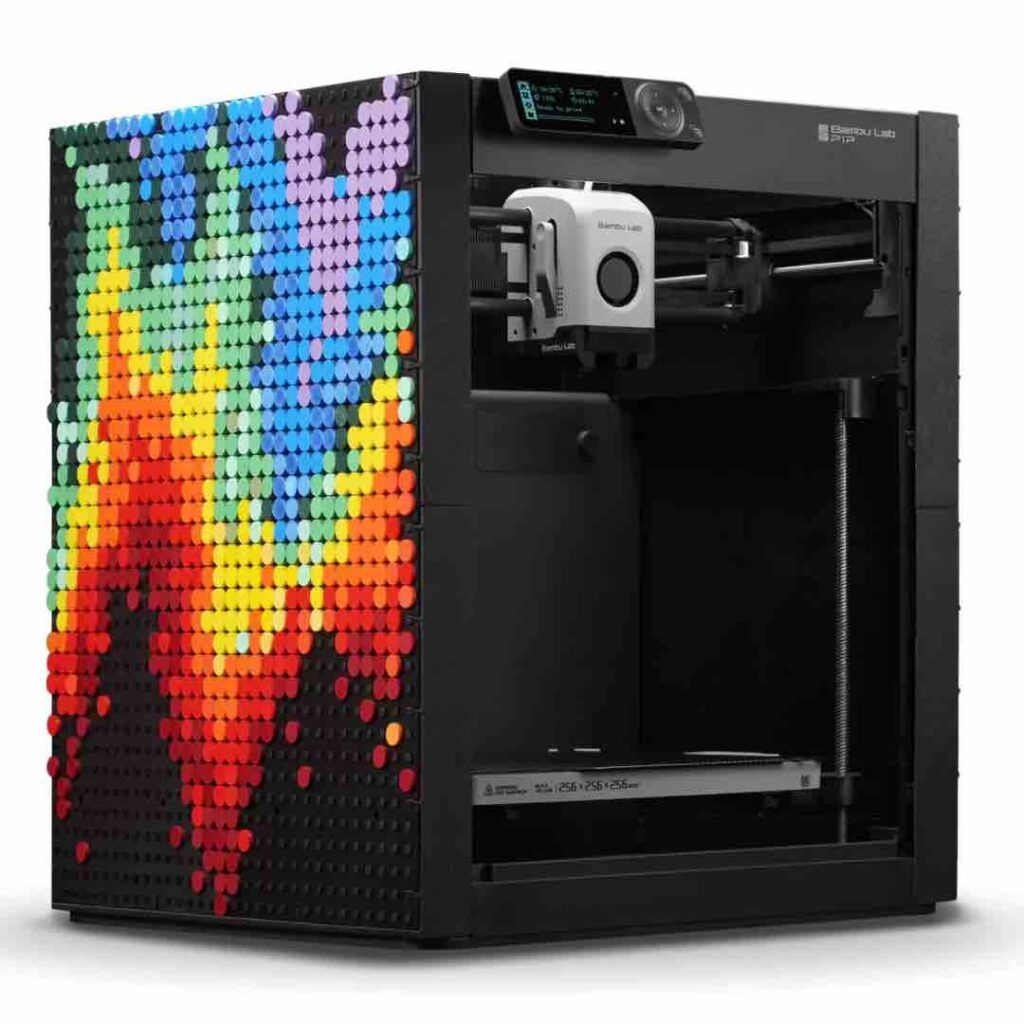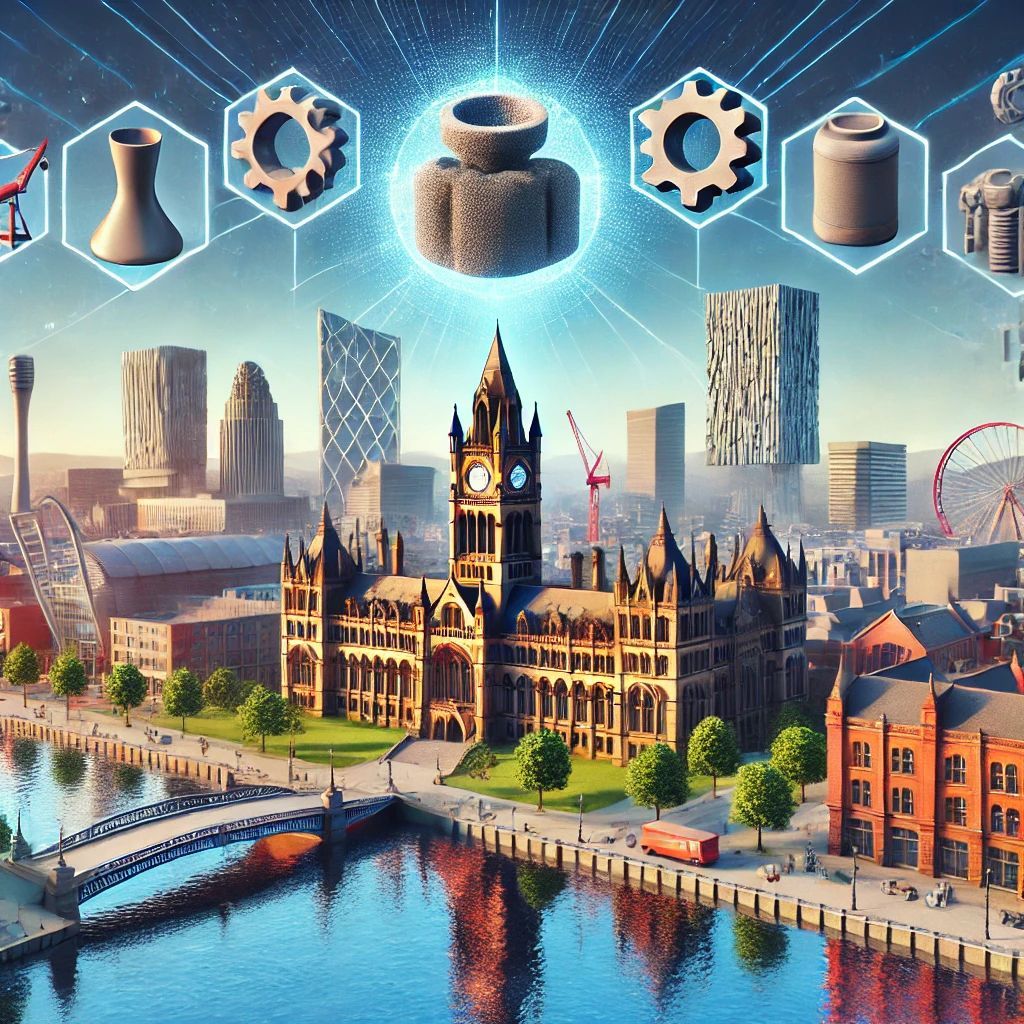Direct Metal Laser Sintering (DMLS)

DMLS is an additive manufacturing process that uses a high power laser to fuse small particles of metal powder together. The laser selectively melts the powder in a pre-defined pattern according to a 3D model. The process is typically used for rapid prototyping or low volume production of metal parts.
DMLS is a versatile technology that can be used to create parts with complex geometries or features that would be difficult to produce using traditional manufacturing methods. The process is also well suited for creating metal parts with functional or structural purposes.
DMLS is typically performed using a CO2 laser, although fiber lasers are also sometimes used. The laser is focused on the build platform, where the powder is deposited. The powder is melted by the laser in a selective pattern according to the 3D model. The build platform is then lowered and more powder is deposited on top. This process is repeated until the part is completed.
DMLS parts are typically denser than those produced using other additive manufacturing processes, such as selective laser melting (SLM). This is due to the fact that the powder is not fully melted during the process.
What are the advantages of DMLS?
DMLS is an additive manufacturing process that uses a laser to fuse metal powder particles together, layer by layer, to create a three-dimensional object. The advantage of using DMLS is that it offers outstanding mechanical properties, wide material selection and short production time.
DMLS offers outstanding mechanical properties. The parts created using this process are extremely strong and have excellent dimensional accuracy. Additionally, DMLS parts can be created with very intricate designs, making them ideal for applications where traditional manufacturing methods would be unable to produce the required parts.
The wide material selection offered by DMLS is another advantage of this process. There are a range of metals that can be used with DMLS, including stainless steel, aluminum and titanium. This means that DMLS can be used to create parts for a wide range of applications.
The short production time offered by DMLS is another advantage of this process. Because the parts are built up layer by layer, there is no need for extensive tooling or machining. This means that parts can be produced quickly and with a minimum of lead time.
The superior quality of parts produced using DMLS is another advantage of this process. The parts have excellent dimensional accuracy and surface finish. Additionally, because the parts are built up layer by layer, there is no need for post-processing, such as sanding or polishing.
The highly complex designs that can be produced using DMLS is another advantage of this process. Because the parts are built up layer by layer, there are no restrictions on the geometry of the parts. This means that DMLS can be used to produce parts with very intricate designs.
In the early days of 3D printing, few processes were able to print with metal. This made manufacturing complex parts using high-performance metals and alloys difficult. However, the development of DMLS or Direct Metal Laser Sintering changed all that.
DMLS is a popular 3D printing technology that can print directly with metal. This ability has made it immensely popular in industries such as the medical, dental, and aerospace industries. DMLS is particularly beneficial in the production of small, intricate parts.
The aerospace industry is one of the major beneficiaries of DMLS technology. The ability to print parts using high-performance metals and alloys has allowed aerospace companies to produce parts that are lighter and stronger than ever before. This has resulted in significant performance gains in aircraft and spacecraft.
The medical industry is another major beneficiary of DMLS technology. The ability to print small, intricate parts has allowed medical device manufacturers to produce products that are smaller, lighter, and more comfortable for patients.
The dental industry is also benefiting from the use of 3D printing technology. The ability to print small, intricate parts has allowed dental laboratories to produce dental implants and other prototype products that are more lifelike and realistic.
The benefits of 3D printing technology are clear. The ability to print with metal has made it possible to produce prototype parts that are lighter, stronger, and more lifelike than ever before. This has revolutionized the medical, dental, and aerospace industries.
DMLS technology offers many advantages over traditional manufacturing methods. The process is highly versatile, able to produce parts with complex geometries or features that would be difficult to produce using traditional methods. The process is also well suited for creating metal parts with functional or structural purposes.
DMLS is an additive manufacturing process that builds parts layer by layer from a three-dimensional (3D) CAD model. It is well suited for producing small, intricate parts, or parts with complex geometry.
The process begins by creating a 3D CAD model of the part to be produced. This model is then used to generate a digital file that can be read by the DMLS machine. The machine then uses a high-powered laser to selectively melt layers of metal powder, building up the part one layer at a time.
DMLS is a versatile technology that can be used to create parts with complex geometries or features that would be difficult to produce using traditional manufacturing methods. The DMLS process is also well suited for creating metal parts with functional or structural purposes.














